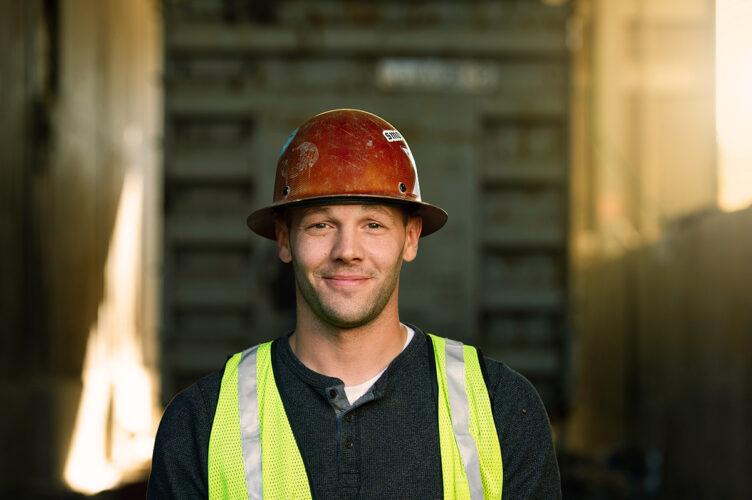
I met with the marketing director of a non-profit for coffee this week to discuss a pending project. Face-to-face meetings like this rarer now, even more than a year after the WHO pronounced the Covid-19 Pandemic officially over. He mentioned he’s noticed that the way people interact has changed—not always for the better.
Aspects of his job, like mine, can’t be done remotely and must be done in person. Eventually we talked about AI tools. When he started—in the mid 2010s—he was told how critical Excel skills were, yet much of that can be easily done with AI. “Remember when they talked about retraining coal miners to code? Now ChatGPT 4.0 can code better than most coders,” he said.
That gave me pause. In my photography and video world, AI has made retouching and editing easier. For planning and pre-production, it’s an indispensable tool. But I don’t worry about it replacing what I do. While AI can create credible portraits of non-existent humans, it can’t replace the process of connecting with a person on a human level. With AI there’s no exchanging of stories. AI is all about results, not the journey.
Storytelling and moment-driven portraits are the outcome of an in-person process. Visual storytelling is about the dance between the camera, photographer, and subject. An AI prompt requires you to know exactly what you want, but a good portrait or documentary requires sensitivity, a willingness to listen, and the ability to ask questions you don’t yet know the answers to.
AI is a tool, not the main event. Connecting over coffee, walking in nature, or capturing a true moment—that’s the good stuff. I’m not willing to trade that experience for expediency. The antidote to AI efficiency is to do what it can’t—be more real, more authentic, more connected, and more human.
–30–
